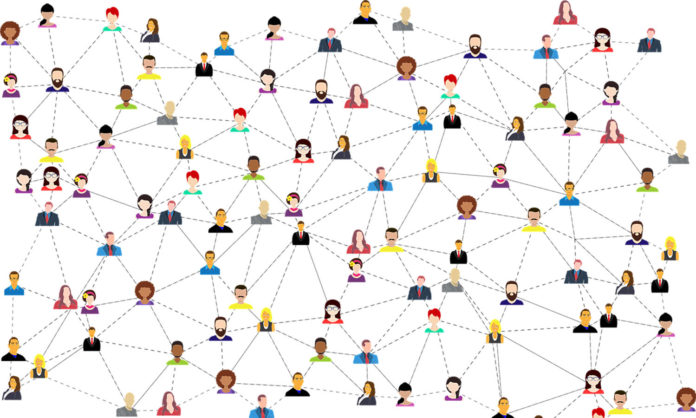
In a post on Writer Unboxed, Donald Maass examines how writers can create connections between the reader and your characters. Maass says there are two misunderstandings about the connection between stories and readers. “The first is that readers connect to characters whose lives and circumstances are like their own,” he writes. “The second is that readers connect to characters who are heroic, or at least living lives larger than the reader’s own.”
With these misunderstandings, writers may create a protagonist with relatable everyday problems, but who doesn’t connect. Readers don’t want to watch a character suffering and they generally don’t want to relive their own experiences. They want to be transported. “Realism is fine and has its place in literature, but stories have endured through human history because of their transporting effect,” Maass says.
Readers connect with characters who exhibit some strength or goodness, regardless of whether they are average or super-heroic. But even that isn’t enough. “Connection isn’t just about liking someone,” Maass says. “Connection is shared experience, meaning that in what someone else is going through, we see what we ourselves have also been through. Also, and even more than that, what we fear or hope to go through.”
Readers connect when they see a character’s hopes and fears being played out on the page, whether the story is low comedy or high concept literary fiction. “We connect to scenarios that in real life rarely happen to us real people, for the simple reason that we’re afraid that they will,” Maass says. Psychological fears, such as failure, isolation, and captivity are equally powerful connectors, as are moral fears, such as being hurt by lies, infidelity, unfairness, or cheating.
Hopes are similarly diverse. A character may wish for something magical, like the power of flight or sorcery, but also may want to be admired, inspirational, or known for good works. They may want to overcome a disadvantage, run away, or explore the world. Novels have explored all of these human desires.
But even if you have a great character desire, readers still may not connect to your story. “One thing to consider is whether the connecting mechanism is central to a story,” Maass says. “Is it the very foundation of the plot? The main problem? Elevating any element of a story only means making it more important, perhaps the most important thing—the whole point—of the story.”
Many genre fiction novels rely on this elements. Romance stories are premised on the hope of finding true love. Fantasy stories let a character fulfill a quest and mysteries allow a sleuth to find the perpetrators of crime. Those characters also tend to become admired, if not legendary. They do good for other people and prove themselves worthy. “We connect with all of those because the protagonists of those stories are standing in for us: the inner us, the terrified us, the dreaming us,” Maass says.
The connection process starts with the creation of story, when you ask “What if…?” “If that speculation holds some universal human fear or hope, then the connection mechanism already is right there, front and center,” Maass notes. “Stories that connect with us show us powerfully that, in the end, we are all alike in our fears, hopes and dreams.”











